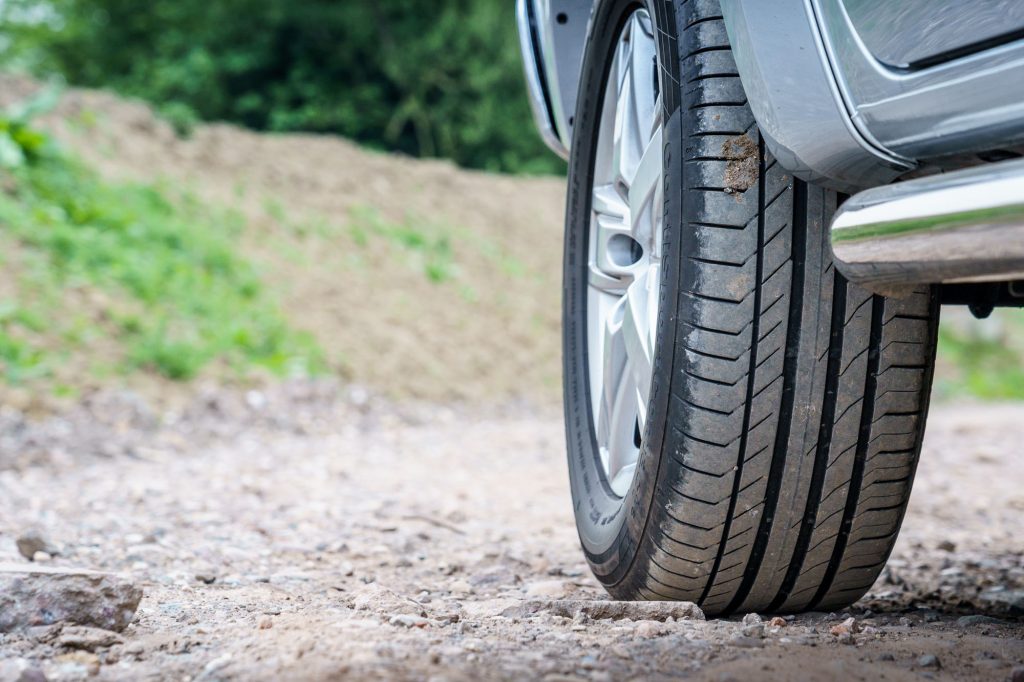Driving on mountain passes or steep hills, you may have noticed “runaway truck ramps” positioned strategically along the highway. These ramps are an important safety feature designed to save lives by providing an emergency escape route for large trucks, especially semi-trucks, that lose control on steep grades.
What Are Runaway Ramps?
Runaway ramps (also called emergency escape ramps) are specially designed lanes built off the side of steep roads. They provide a safe exit route for semi-trucks or other large vehicles that experience brake failure or are unable to slow down while descending a steep hill. Runaway ramps help drivers regain control by safely slowing and stopping the vehicle, preventing it from reaching dangerous speeds that could result in a crash.
How Runaway Ramps Work
Runaway ramps typically use a combination of soft gravel, sand, or other friction-inducing materials that help a truck quickly decelerate. These ramps are designed to absorb the truck’s momentum and bring it to a halt in a controlled way. There are three main types of runaway ramps, each serving the same purpose but suited for different terrain and traffic patterns:
- Gravity escape ramps: Positioned on an uphill incline, these ramps use gravity to slow the truck down naturally. The incline works with the gravel or sand to quickly reduce speed, minimizing the need for additional braking.
- Arrester bed ramps: These ramps are filled with soft gravel or sand, creating resistance that reduces speed as the truck moves through. Arrester bed ramps are common on flat terrain or gentle inclines where uphill gravity is unavailable to slow the truck.
- Mechanical-arrestor ramps: These ramps feature special barriers or nets that catch the vehicle and stop it mechanically. Although less common than gravel ramps, mechanical-arrestor ramps are effective in areas where space is limited or gravel is unsuitable.
When and Why Semi-Trucks Need Runaway Ramps
Semi-trucks, especially those carrying heavy loads, can experience brake failure or overheating while going down steep declines. The heavier the load, the harder it is for brakes to maintain control, which is why trucks use “engine braking” (also called a “Jake brake”) to reduce strain on the brakes. However, even with engine braking, prolonged or intense braking on steep declines can lead to brake overheating and eventual failure. Without a way to slow down, the truck’s speed can quickly increase, creating a deadly situation where the driver cannot control the vehicle.
Runaway ramps provide a vital escape route, allowing truck drivers to safely stop without endangering other road users. Without these ramps, runaway trucks would be forced to either continue uncontrollably down the road or attempt a dangerous maneuver to avoid other vehicles, potentially causing severe big rig accidents.
Safety Benefits of Runaway Ramps
Runaway ramps are essential safety features for a few key reasons:
- Reducing accident risk: By providing a controlled stopping area, runaway ramps reduce the likelihood of a high-speed crash on steep roads, where other drivers and passengers are at risk.
- Protecting lives: A runaway truck can weigh up to 80,000 pounds, and if it collides with other vehicles at high speeds, the results can be catastrophic. Runaway ramps prevent loss of life by offering a safe alternative for out-of-control trucks.
- Preventing property damage: Accidents involving runaway trucks often lead to significant property damage, not only to other vehicles but also to roadside infrastructure. A runaway ramp helps avoid this damage.
- Allowing safer passage for all vehicles: Runaway ramps offer peace of mind for all road users on steep or mountainous roads, allowing smaller vehicles to travel without fearing a high-speed collision from an uncontrolled semi-truck.
Safety Tips for Other Drivers When Sharing the Road with Semi-Trucks
For other road users, it’s important to be aware of how runaway ramps work and to give trucks extra space on steep hills. Here are some safety tips for driving near semi-trucks on roads with steep declines:
- Give trucks extra space on downhill grades: Semi-trucks need more time and space to slow down on declines. Avoid following too closely and leave plenty of room if you’re driving in front of a truck on a steep hill.
- Stay alert for runaway ramps and signs: Pay attention to signs warning about steep grades or runaway ramps, especially if you’re driving in mountainous terrain. These signs can help you anticipate trucks’ possible movements or challenges they may face.
- Avoid lingering in a truck’s blind spots: Stay out of a truck’s blind spots, particularly the large right-hand blind spot and the area directly behind the trailer. This is important on all roads but is especially critical on steep hills where trucks may have less control.
- Stay calm if you see a truck using a runaway ramp: If you notice a truck using a runaway ramp, maintain your distance, slow down, and avoid sudden movements that might startle other drivers around you. Remember that the driver is handling an emergency, so keep clear to allow them space.
- Respect the ramp and avoid blocking it: Runaway ramps should always be clear and accessible. Never stop, park, or attempt to drive on these ramps, even briefly. Blocking these ramps, even momentarily, could prevent a driver in an emergency from accessing this life-saving escape.


